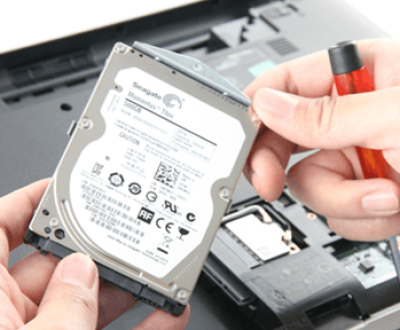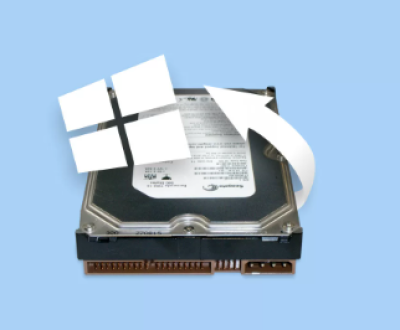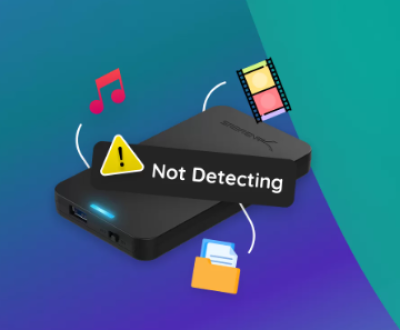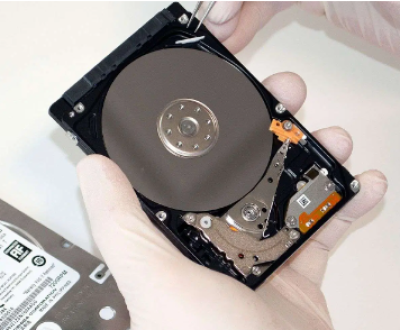Hard drives, while incredibly reliable, are not impervious to failure. A bad hard drive can occur for various reasons, such as mechanical failure, corruption, overheating, or electrical malfunctions. Whether you have a dead external hard drive or an internal drive that’s showing signs of failure, retrieving data from a damaged drive is often essential to recover important files and documents.
1. Hard Drive Failure
Before diving into data recovery methods, it’s important to understand what causes hard drive failures. Hard drives can fail due to numerous factors, including physical damage, electrical malfunctions, firmware corruption, and logical issues such as file system corruption.

Types of Hard Drive Failures
Mechanical Failure: This occurs in traditional spinning hard drives (HDDs), where physical components, such as the actuator arm or the disk platters, fail due to wear and tear or sudden shocks.
Logical Failure: This type of failure is typically seen in both HDDs and SSDs, where the file system gets corrupted or damaged, but the hardware itself is intact.
Firmware Corruption: Firmware is the software that controls a hard drive’s operations. Corruption can prevent the hard drive from being recognized, though the data may still be accessible.
Electrical Failures: Issues with the drive’s power supply or the computer’s motherboard can prevent the drive from functioning properly.
Common Symptoms of a Bad Hard Drive
Slow Performance: A hard drive that’s failing may experience significant slowdowns in read and write speeds.
Clicking Noises: A clicking or grinding sound from the drive often signals mechanical failure.
Inaccessible Files: Files may not open or could be corrupted.
Drive Not Recognized: The drive may not show up in “My Computer” or disk management tools.
Frequent Freezes or Crashes: Your system may freeze or crash while accessing files stored on the bad drive.
2. Precautions Before Attempting Recovery
Before attempting to retrieve data from a bad hard drive, there are a few things you should do to avoid further damage.
Backing Up Data (If Possible)
If you suspect your drive is failing but it’s still functioning to some degree, back up your files as soon as possible. Even if you can only access part of the drive, make sure to copy important documents, photos, and other files to another device or cloud storage.
Handling Your Hard Drive Carefully
Physical damage to a hard drive can make data recovery more difficult. Always handle the drive gently and avoid unnecessary movements, especially if you suspect mechanical failure.
3. Basic Troubleshooting and Preliminary Checks
If your hard drive is behaving erratically but still shows signs of life, some basic troubleshooting might help restore access.
Check Cables and Connections
Ensure that the cables connecting your hard drive to your computer are securely plugged in. Sometimes, a bad cable or loose connection can cause the drive to malfunction. Try using a different USB or SATA cable to rule out this possibility.
Try a Different Computer
If the drive isn’t recognized on your main computer, try connecting it to another computer. Sometimes the issue is with the computer, rather than the drive itself.
Power Supply and External Power Issues
For external hard drives, check if the device requires an external power supply and whether it’s receiving sufficient power. If the drive isn’t spinning up, it could be due to a power issue.
4. Methods for Data Recovery
Panda Assistant is a powerful software tool designed to help users recover lost or deleted files from a variety of storage devices, including hard drives, USB drives, SD cards, and external storage devices. Whether you’ve accidentally deleted important documents, experienced a system crash, or faced physical damage to your drive, Panda Assistant can assist in retrieving your valuable data. This software offers an intuitive interface, making it accessible to both novice and experienced users alike.
Ease of Use: Panda Assistant’s user-friendly design makes it easy for anyone, regardless of their technical background, to recover lost data.
Comprehensive Recovery: Whether it’s deleted files, formatted drives, or corrupted data, Panda Assistant offers solutions for a wide range of data loss scenarios.
High Success Rate: The software is known for its effectiveness in recovering data, even from severely damaged or corrupted drives.
Cost-Effective: Panda Assistant offers various pricing plans, making it an affordable option for personal users and businesses alike.
5. How to Prevent Hard Drive Failures in the Future
Once you’ve successfully recovered your data, it’s essential to take steps to prevent future drive failures.
Regular Backups
The best way to avoid data loss in the event of a hard drive failure is to regularly back up your data. Use cloud storage services, external hard drives, or network-attached storage (NAS) devices for routine backups.
Proper Care and Maintenance
Keep the drive clean and free from dust and dirt.
Avoid subjecting the drive to sudden temperature changes or physical shocks.
Use surge protectors to protect against electrical surges.
About us and this blog
Panda Assistant is built on the latest data recovery algorithms, ensuring that no file is too damaged, too lost, or too corrupted to be recovered.
Request a free quote
We believe that data recovery shouldn’t be a daunting task. That’s why we’ve designed Panda Assistant to be as easy to use as it is powerful. With a few clicks, you can initiate a scan, preview recoverable files, and restore your data all within a matter of minutes.
Subscribe to our newsletter!
More from our blog
See all postsRecent Posts
- How to recover data from portable hard drive 2025-07-10
- How to recover data from a broken hard drive 2025-07-10
- How do i recover files from a formatted hard drive 2025-07-10

 Try lt Free
Try lt Free Recovery success rate of up to
Recovery success rate of up to









